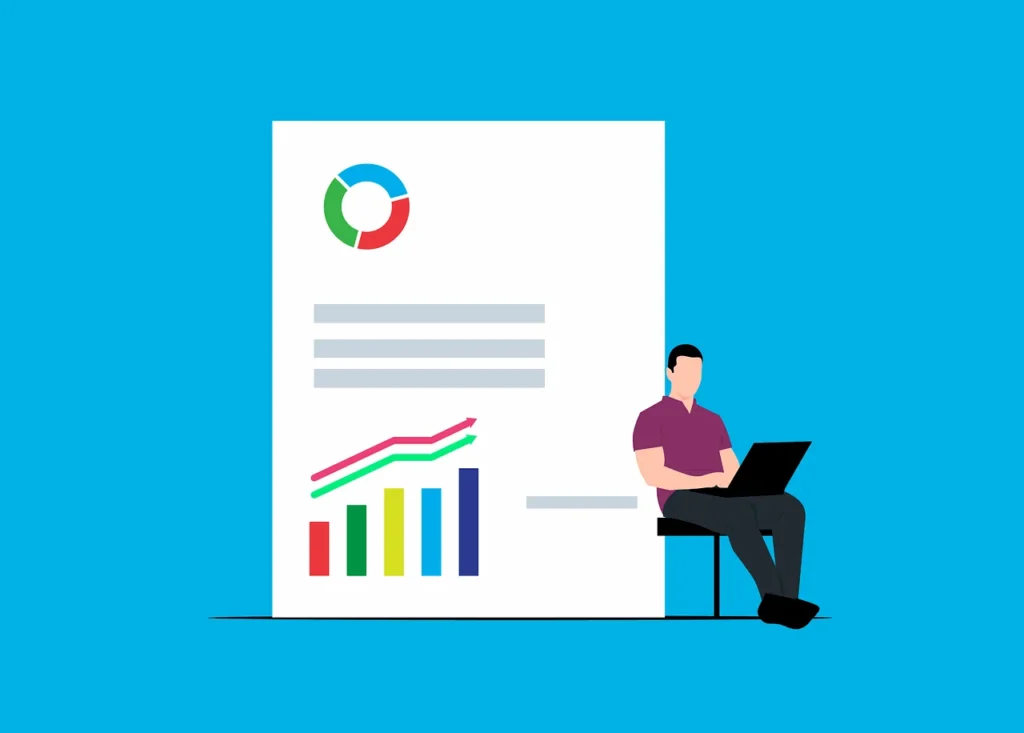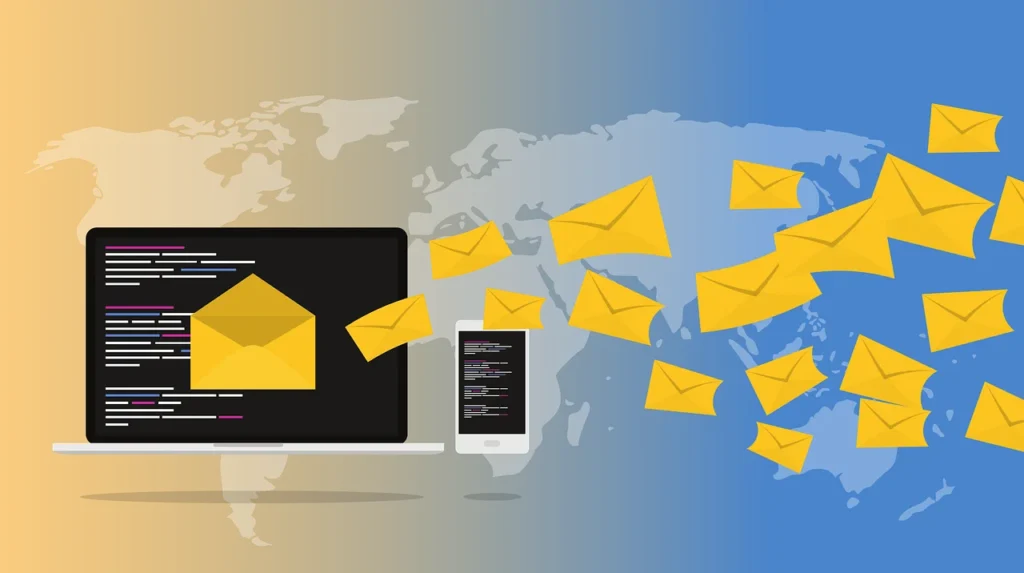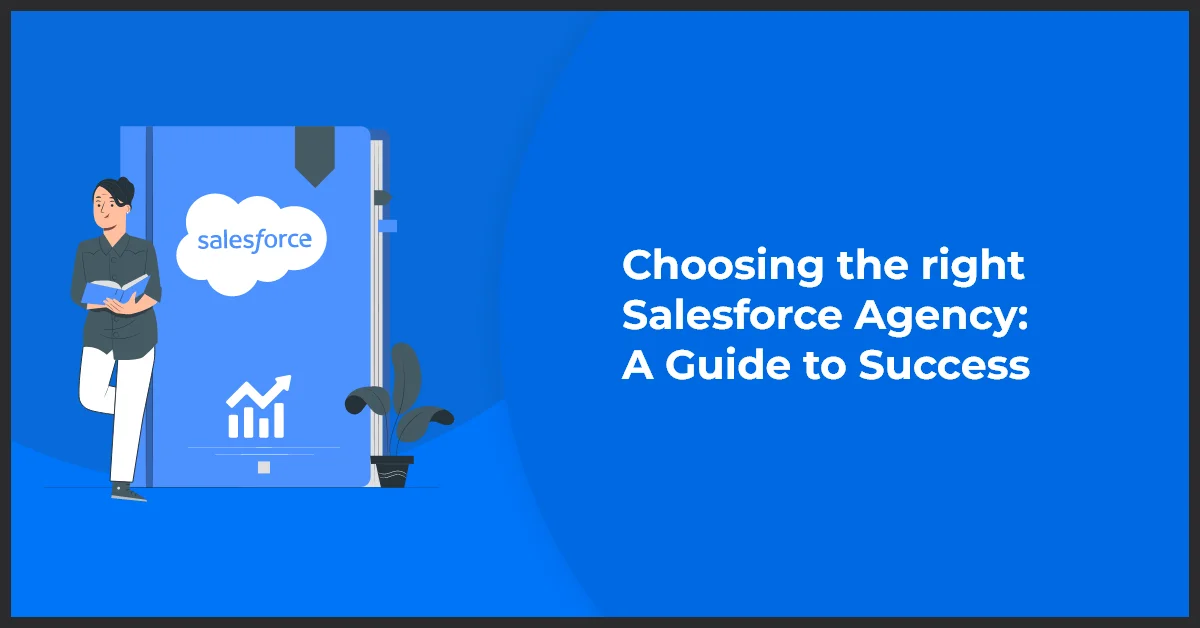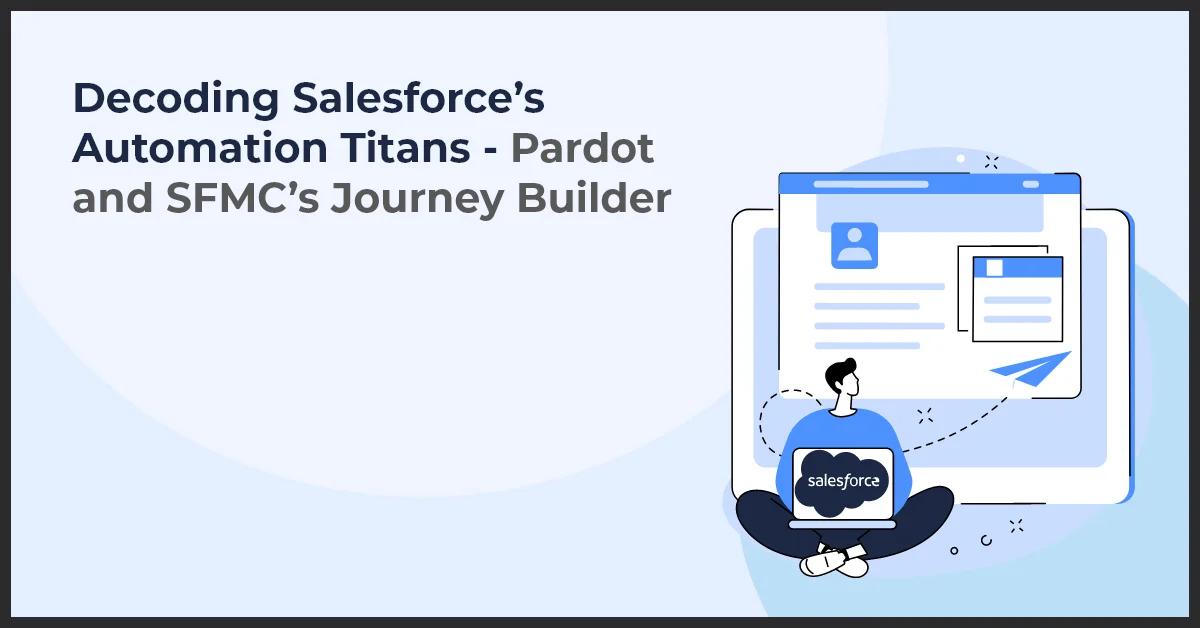Personalizing Cold Emails with Salesforce Data for Better Engagement

Published on: July 4, 2024
Updated on: January 22, 2025
1993 Views
- Salesforce
9 min read
Personalizing cold emails can significantly increase their effectiveness, capturing attention and eliciting responses. With its extensive data capabilities, Salesforce enables marketers to tailor emails that directly address each recipient's needs and interests.
This guide will show you how to harness Salesforce's power to craft emails that resonate personally with every reader. Can't wait to learn more? Let’s get started!
Understanding Salesforce Data

Due to its structured yet integrated components, Salesforce operates on a layered architecture, often compared to a multi-layered cake.
Salesforce is a cloud-based CRM platform that supports various applications using robust APIs, artificial intelligence, and data services. All Salesforce applications, including Sales Cloud and Marketing Cloud, utilize this unified platform, ensuring consistency and powerful functionality across different tools.
Data Types Pertinent to Marketers
In Salesforce, data is categorized into standard and custom objects that marketers frequently utilize. Standard objects include Leads, Contacts, and Accounts, pre-configured with necessary fields to support common business processes.
Conversely, custom objects can be tailored to fit unique business needs and may include custom fields and workflows. These objects form the building blocks of Salesforce’s data model and are crucial for storing and managing customer and business information.
Data Collection and Organization
Salesforce’s data model is built around the relationships between these objects. Key relationship types include master-detail and lookup relationships, which define how data is linked and interacted with across different objects. This relational setup allows for efficient data organization and retrieval, which is essential for personalized marketing and customer retention.
Data Extraction Techniques
Salesforce reports and dashboards can extract data, providing powerful tools for marketers to gather and analyze customer data effectively. These reports are configurable and can be designed to pull specific data sets based on various criteria, making them flexible tools for personalization strategies.
Integration with Data Analytics Tools
Integrating Salesforce with other data analytics platforms can enhance the insights gathered from Salesforce data. Tools like Tableau or Google Analytics can be connected to Salesforce to perform deeper analyses, helping marketers understand customer behavior and preferences more comprehensively. This integration is facilitated through Salesforce’s APIs, which allow seamless data exchange between Salesforce and external systems.
Segmenting Your Audience with Salesforce
Segmentation divides a larger market into smaller groups, or segments, based on shared characteristics.
In marketing, segmentation is crucial because it allows you to tailor your messages and offers to meet different groups' specific needs and preferences. This targeted approach improves engagement, conversion rates, and overall customer satisfaction.
Studies show that personalized marketing efforts, which begin with effective segmentation, significantly increase click-through and conversion rates while reducing unsubscribe rates.
Using Salesforce for Effective Segmentation
Salesforce offers robust tools for segmenting your audience effectively. Marketers can dynamically segment audiences using Salesforce fields based on behavior, demographics, and engagement. This segmentation can be performed using Salesforce’s built-in features like list views and reports, which allow marketers to organize and analyze data efficiently.
Detailed Instructions on Using Salesforce Fields for Segmentation
Salesforce provides various methods to segment your data:
- List Views: Create customized views in Salesforce to see contacts or leads that meet specific criteria. This is useful for quick segmentation based on fields like location, status, or recent activity.
- Reports: Use Salesforce reports to perform more complex segmentation. For example, you can generate reports to understand purchasing behaviors or engagement levels and create segments based on the outcomes.
- Marketing Cloud Tools: For deeper segmentation, Salesforce Marketing Cloud offers tools like SQL queries for precise data segmentation or Contact Builder for managing detailed customer profiles.
Examples of Segmenting Email Lists Using Salesforce's Tools

You can start with basic segmentation using geographic location or demographics and move towards more advanced criteria like purchase history or interaction with previous campaigns.
Salesforce’s Customer Data Platform (CDP) allows you to segment audiences further by unifying profiles, significantly enhancing campaign personalization.
Crafting Personalized Cold Emails
To craft email content that truly resonates with recipients, use Salesforce data to tailor the message to their needs and interests.
For example, you can highlight products or services related to their previous purchases or content they engaged with. This approach ensures that each message feels relevant and personal to the recipient, increasing the likelihood of engagement.
Techniques for Crafting Attention-Grabbing Subject Lines
An effective subject line is crucial for getting your email noticed and opened. Personalize subject lines with the recipient's name to make them feel directly addressed.
Additionally, using emojis can make your emails stand out in a crowded inbox, but they should be used judiciously to match the tone and context of your message.
Crafting a subject line that creates a sense of urgency or invokes curiosity can also significantly improve open rates.
Personalization Tactics Beyond "Hi [First Name]"
Deep personalization involves going beyond basic techniques like inserting the recipient’s name. For example, using Salesforce data to reference previous interactions shows that you value the recipient’s history with your brand.
Also, tailor the content to their behavior, such as sending product recommendations based on past purchases or browsing history. This level of personalization makes each email feel bespoke and can dramatically enhance the recipient's engagement with your brand.
You can also learn about your users' search intentions, see their purpose in the search engine for specific phrases, and create an engaging blog or video content based on this. For example, you can use Senuto’s Content Planner, which will generate topic ideas for you. Content selected in this way will work well to support the success of cold mailings.
Customizing Email Timing and Frequency
Adjust the timing and frequency of your emails based on the recipient’s engagement patterns, which can be gleaned from Salesforce data.
For instance, if data shows that a recipient typically opens emails in the evening, schedule your emails accordingly using an effective email cadence. This targeted approach ensures that your emails are more likely to be opened and read as they arrive when the recipient is likely to check their inbox.
By integrating these strategies, you can create personalized cold emails that are not only tailored to each recipient's preferences and behaviors but also timed perfectly to increase open rates and engagement
Advanced Personalization Techniques
Using Salesforce data, you can enhance your bulk email service by incorporating dynamic content that changes based on the attributes of each segment. This can be anything from altering the visuals and text depending on the recipient's past interactions to customizing offers based on their purchase history.
Salesforce's AMPscript is a powerful tool that allows you to embed data-driven personalizations directly into your email's HTML or text. To ensure the effectiveness of these personalized emails, using an email tester to preview and test different email templates can be incredibly helpful.
Examples of interactive email elements include in-email forms that let recipients complete actions like feedback submissions directly from their inbox. This increases engagement and enhances the user experience by making interactions simpler and more direct.
Salesforce provides various options for creating these interactive elements, ensuring they are compatible across different email clients.
AI and Machine Learning in Salesforce
Salesforce Einstein is crucial in advancing email personalization through AI and machine learning. By analyzing data patterns and customer behaviors, Einstein can anticipate needs and personalize content in real-time. This predictive personalization means your emails can address potential customer queries before they even arise or suggest products and services that align with the customer's preferences and previous actions.
These advanced techniques ensure that your marketing emails are read and acted upon, enhancing customer satisfaction and campaign effectiveness. Implementing such features requires a good understanding of Salesforce's technical tools and the strategic application of these tools to meet your marketing goals or suggest proposal software that aligns with the customer's preferences and previous actions.
Testing and Optimizing with Salesforce
A/B testing, or split testing, is essential for optimizing your email campaigns in Salesforce. It involves comparing two versions of an email to see which one performs better on a specific metric, such as open rates or click-through rates.
Here's a step-by-step guide on how to set up A/B tests within Salesforce:
- Configure Test Content: In Salesforce Marketing Cloud, go to the Email Studio and start by creating an A/B test. You'll need to name your test and choose what you're testing—subject lines, content, etc.
- Choose Test Recipients: Select your target audience from subscriber lists or data extensions. You'll define the percentage of recipients for each variant.
- Set Winner Criteria: Decide how the winning version will be determined—typically by the highest open or click-through rate. Specify when the winner will be declared based on the time that elapses after sending the emails.
- Schedule and Send: After the test concludes, choose when and how the winning email will be sent to the remainder of your list, automatically or manually (Email Uplers).
Analytics and Performance Monitoring
Salesforce provides robust analytics tools to help you monitor and analyze the performance of your email campaigns.
Standard reports in Marketing Cloud Engagement can track various metrics, such as engagement over time, the effectiveness of different campaigns, and detailed subscriber behavior.
- Running Reports: Navigate to the 'Analytics Builder' in Marketing Cloud and select 'Reports.' Here, you can access various pre-built reports or create custom reports tailored to your needs. These reports can provide insights into email performance, subscriber engagement, and more.
- Customizing Reports: You can customize reports to focus on specific data points that are most relevant to your campaign goals. You can schedule reports to run automatically and even set them to be emailed to you or other stakeholders regularly.
Tips for Continuous Improvement
Using the insights gained from A/B testing and analytics, continuously refine your email strategies.
Here are some tips:
- Iterate Based on Data: Use the data from A/B tests and analytics to make
- informed decisions about your email campaigns. If certain subject lines or content types perform better, incorporate more of these elements in future sends.
- Leverage Learnings: Apply learnings to email campaigns and other marketing channels where applicable. This integrated approach can enhance overall marketing effectiveness.
Wrapping Up
Harnessing the power of Salesforce to personalize cold emails can transform your marketing efforts from good to great.
Remember, the key to successful email marketing lies in how well you understand and react to the needs of your recipients. Use the strategies discussed in this guide to fine-tune your approach, make your communications more effective, and ultimately drive better engagement and conversions.
Frequently Asked Questions
A Salesforce cold email is an unsolicited email sent to a potential customer or lead who has no prior relationship with the sender, using Salesforce’s email marketing tools. It aims to introduce products or services, generate interest, and initiate a sales conversation.
Personalization increases the chances of engagement by making the email relevant and tailored to the recipient, demonstrating that the sender has done their research and values the recipient’s time.
Salesforce data can provide insights into a prospect’s company, role, previous interactions, and preferences, allowing for tailored content and messaging in cold emails.
A/B testing involves sending different versions of an email to a small segment of your list to determine which performs better, helping refine subject lines, content, and CTAs based on data-driven insights.
Marketers can track metrics such as open rates, click-through rates, response rates, and conversions using Salesforce and integrated email marketing platforms.
Investing in Salesforce for email personalization provides access to comprehensive customer data, automation tools, and analytics, enhancing the effectiveness of cold email campaigns and overall marketing strategies.



